A good folding hunting knife can make all the difference in your outdoor adventures. It needs to be able to handle all of your cutting chores, from slicing rope and skinning game to splitting kindling, and deboning fish. It also needs to be durable and reliable enough to withstand the rigors of outdoor life.
Types of Hunting Knife Blade
The three most popular hunting knife blade shapes are the Clip Point, the Drop Point, and the Sheepsfoot.

Clip Point: A clip point blade has a concave arc near the tip of the blade. This makes it ideal for piercing and stabbing. A Clip Point knife is a popular choice for hunters because it is versatile and can be used for a variety of tasks, including skinning, cutting, slicing, and piercing. It is also capable of cutting through bone and has a sharp, pointed tip that can be used to break through thick hide.

Drop Point:A drop point blade has a curved spine from the handle to the tip of the blade, creating an effective skinning knife. The Drop Point knife is a versatile tool that can be used for many tasks while hunting. It is great for skinning and gutting game, slicing meat, and even cleaning small game. It can also be used for cutting branches and creating shelter.

Sheepsfoot: A sheepsfoot blade is a straight blade with a flat cutting edge and a curved spine. Sheepsfoot style knives are excellent for skinning and cleaning game while hunting. They have a curved blade that is perfect for precision cutting and the handle provides additional control and leverage. Additionally, they are well-suited for cutting rope, cord, and other materials that may be encountered outdoors.

Types of Knife Handle Materials
When it comes to finding the perfect folding knife for hunting, the handle material is of utmost importance.
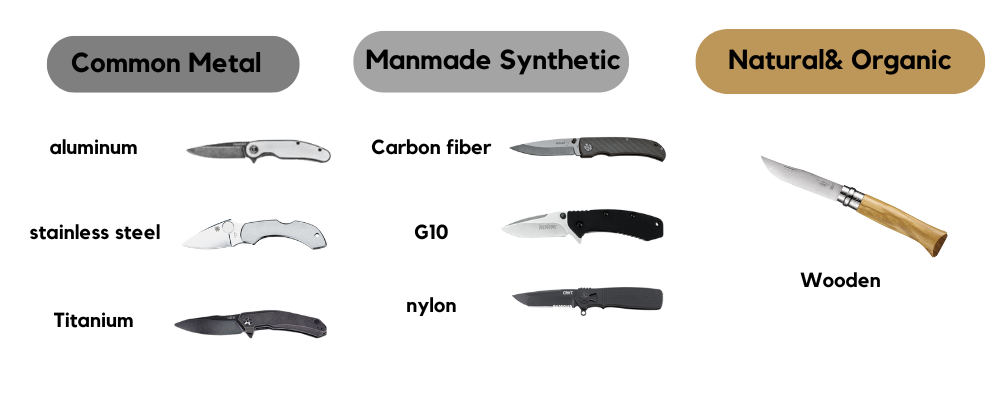
Common Metal Handles
Metal handles offer good durability as they are more resistant to wear and tear than other materials. They also provide a secure grip, while adding extra weight and strength to the knife's design. The downside is that metal handles can be uncomfortable when held for long periods of time due to their lack of grip texture or shock absorption capability.
Manmade Synthetic Handles
Synthetic handles offer increased durability as well as a wide variety of gripping textures, making them ideal for wet conditions or cold temperatures. Many models also have finger grooves cut into them providing an even better grip when held in your hands! The downside is that synthetic handles lack the same level of elegance as wood and metal models do, but they make up for it with their durability and ergonomic design.

Wooden Handles
Wood handles are common amongst folding knives because they offer an elegant appearance combined with decent durability. They are lightweight which makes them easy to carry and their natural texture provides a comfortable grip. However, wooden handles can suffer from wear much faster than other materials.
Do Hunting Knives Fold?
Yes, in fact, many hunting knives do fold! Folding hunting knives are highly practical for when you're out and about on your hunting trips. With their convenient size and robust design, folding knives provide all the same features as fixed-blade knives, but with the added bonus of being more compact.
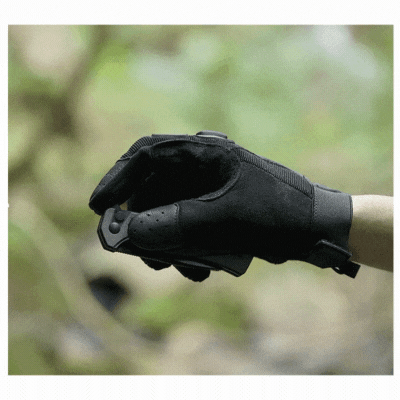
With a folding knife, there's no need to worry about carrying around a large and cumbersome fixed blade knife, as it easily folds away into its handle. There are a plethora of folding hunting knives available on the market, but which one is right for you?
What to Consider When Choosing a Folding Hunting Knife
Choosing the right folding hunting knife is an important decision. There are a few things to consider when you're on the hunt for one that will best suit your needs.

Blade Material and Types of Knife Blade
One of the most important considerations is the blade material. Stainless steel is a popular choice as it doesn't corrode as easily as other metals like carbon steel and is relatively affordable, though not as strong or sharp. Choose a high-quality, corrosion-resistant metal like G10 stainless steel if you want a stronger and sharper blade.
For the types of the knife blade, A drop point blade is the most popular type of hunting knife blade, as it provides a strong, sharp tip and a curved belly for skinning and gutting. A clip point blade is also popular, as it provides a fine point that is suitable for piercing and precision tasks. Other types of hunting blades to consider include a tanto, sheepsfoot, and a gut hook.

Handle Material
The handle is also important – after all, the knife must be comfortable to hold and use. Popular options include rubber, wood, nylon and other synthetic materials for their durability and texture. Different materials provide different levels of grip, so it's important to choose one that won't slip out of your hands even when wet or cold.

Safety Features
Another key factor to consider is safety – particularly in a folding hunting knife that can close into itself quickly. Make sure your knife has a sturdy locking mechanism to keep it open while in use but closed when not in use. Other features such as finger guards, saw teeth and serrated edges can help make sure you don't get injured while handling your knife.
Choosing the Right Size
Finding the perfect folding hunting knife for your needs comes down to many factors, but the size is a key consideration. A knife that is too small may be difficult to use, while one that is too large could be bulky and unwieldy.When trying to determine the best size for you, start by considering three main components:
·
Blade length: Generally speaking, a knife with a blade length of 3-7 inches is ideal. Too small and you sacrifice some of the utility you need in a folding hunting knife; too big and it won't be practical for daily carry.

Handle size: The handle should offer enough room to comfortably fit around the entire hand without being so large that it's uncomfortable to hold.
Overall length: The total length of the knife when open should fall somewhere between seven and eleven inches long; any shorter or longer may not be suitable for your needs.
Selecting the Best Locking Mechanism
The locking mechanism of your folding hunting knife is important to ensure its safety and performance. The best-locking systems offer secure closure, easy release and a wide range of opening mechanism styles.
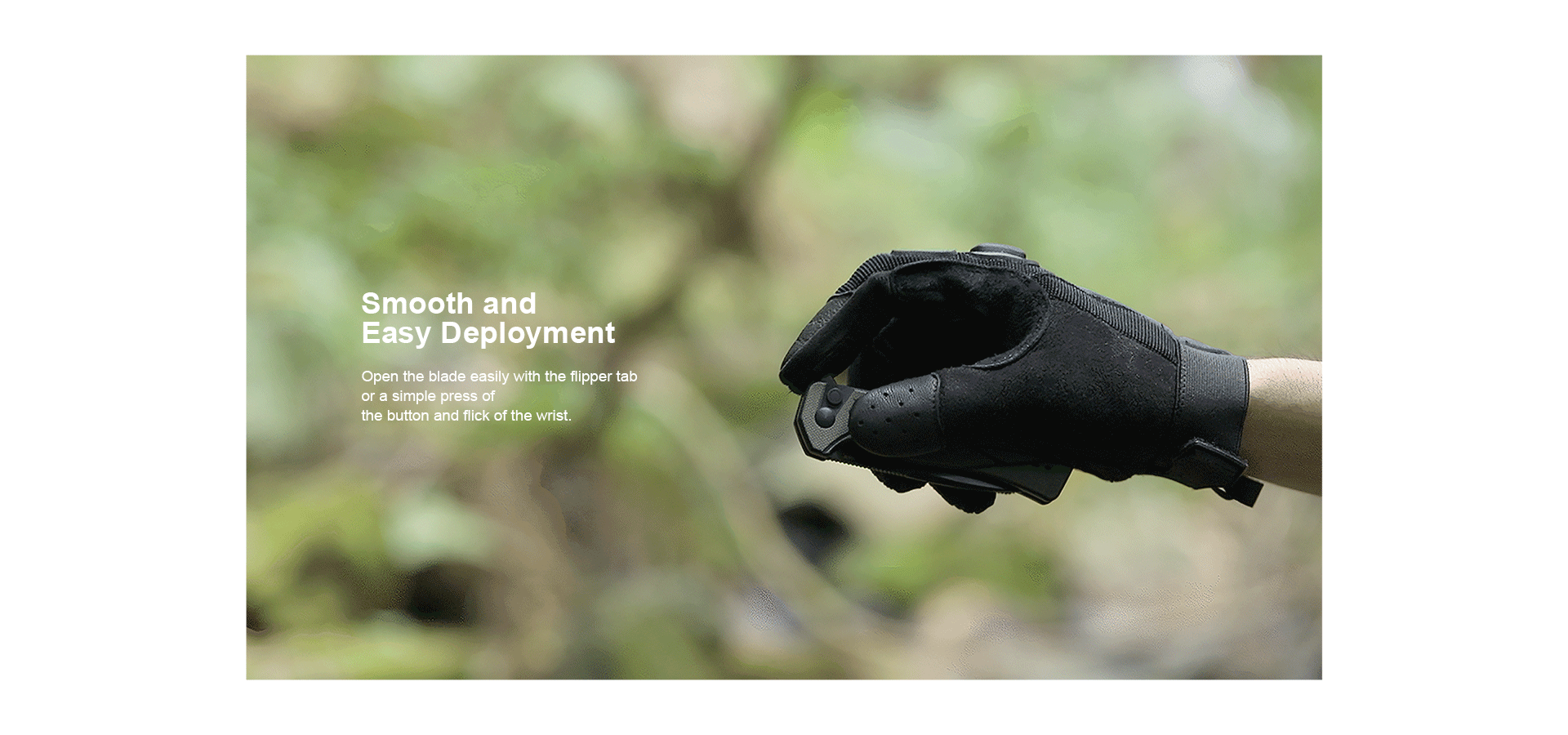
Take your time to research and compare different models to find the one that offers the features, functionality, and overall look that will suit you best. With the right knife at your side, you’ll have the confidence to tackle any outdoor challenge.
Olight Folding Hunting Knives Recommendations
Olight Rubato 2✦ Stable and Smooth Rail Lock ✦ 154CM Blade ✦ Sheepsfoot Blade Style ✦ 4.22 inches ✦ convenient pocket clip | |
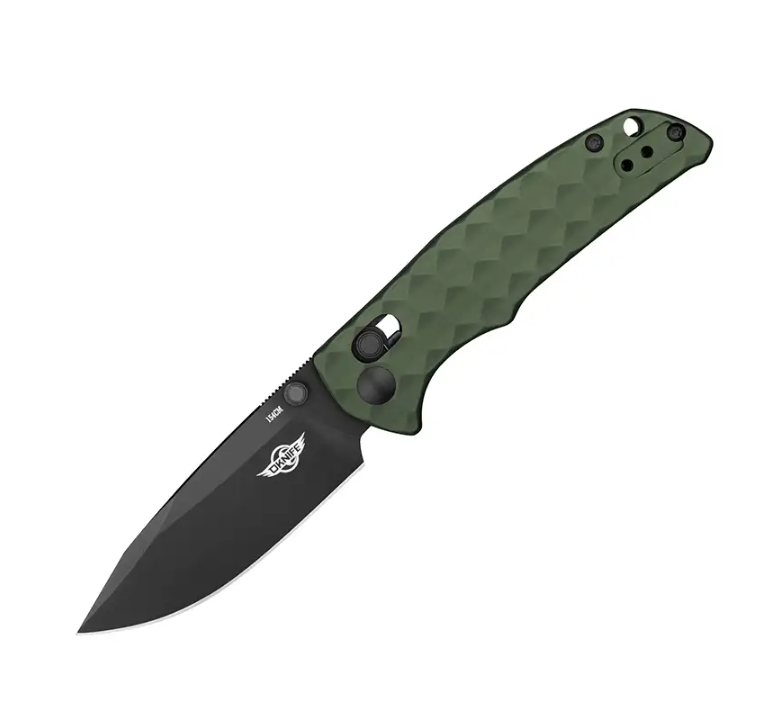 | Olight Rubato 3✦ Stable and Smooth Rail Lock ✦ 154CM Blade ✦ Drop Point Style ✦ Honeycomb Handle ✦ 3.81 inches ✦ convenient pocket clip |
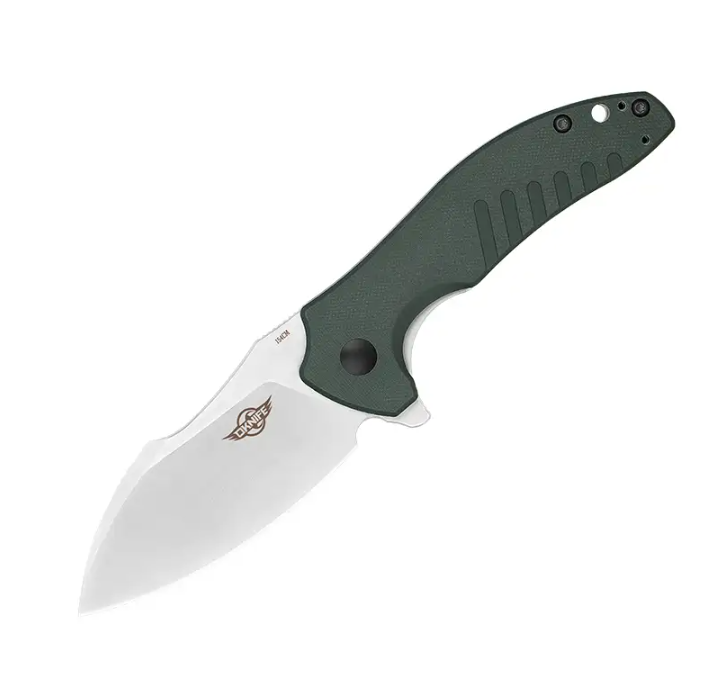 | Olight Zilla✦ 154CM Blade ✦ G10 Handle ✦ Modified Sheepsfoot Style ✦ Smooth and Safe Deployment ✦ Robust stainless liner lock |
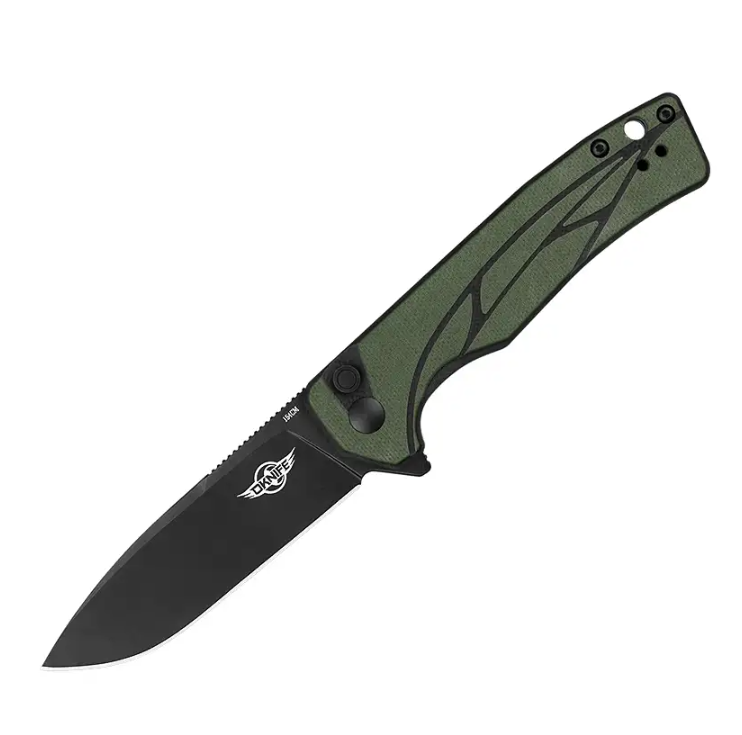 | Olight Mettle✦ Drop Point Style ✦ 154CM Blade ✦ Smooth Deployment ✦ G10 Handle ✦ 4.26 inches ✦convenient pocket clip |
 | Olight Parrot✦ 154CM Blade ✦ Micarta Handle ✦ Precise Control ✦ 3.7 inches ✦deep-carry pocket clip |
 | Olight Gaur✦ Premium EDC Pocket Knife ✦ Closure length of 129mm ✦ Practical pocket clip ✦ Comfortable Grip ✦ Smooth Running |
Maintenance Tips for Folding Hunting Knives
For the best performance and longest life of your folding hunting knife, regular cleaning and maintenance is key. Here are some essential maintenance tips to keep in mind:
Cleaning the Blade
Taking proper care of your blade will keep it in good condition and prevent wear and tear. Regularly wipe off any dirt or debris after use, preferably with a damp cloth. Avoid using harsh chemicals like bleach or acetone which can harm the steel and dull the blade's shine.
Oil Your Knife
Applying oil on the blade regularly will keep it lubricated and protected from rust or corrosion. Choose an oil specifically designed for knives to ensure it is safe for use on a blade.
Sharpen Your Knife
Over time, blades will become dull - even stainless steel ones! Keep a sharpening stone handy so that you can maintain a razor-sharp edge when needed. Make sure to sharpen at an angle that matches the original bevel of the blade for optimal performance.

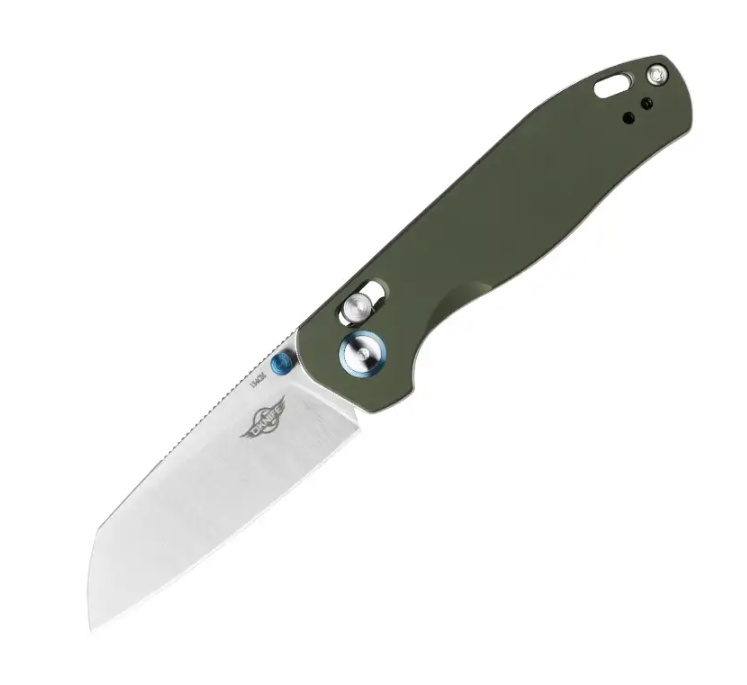




![[Customer Review]The Olight Arkfeld Pro Review by Watson - It's incredible!](https://cdn.olightstore.com.au/image/arkfeld-pro-review-ppp4fh.jpg.jpg@85q.webp)